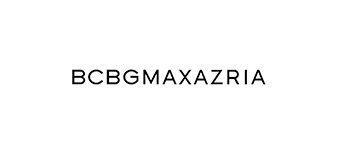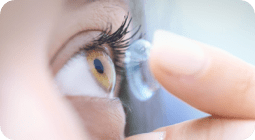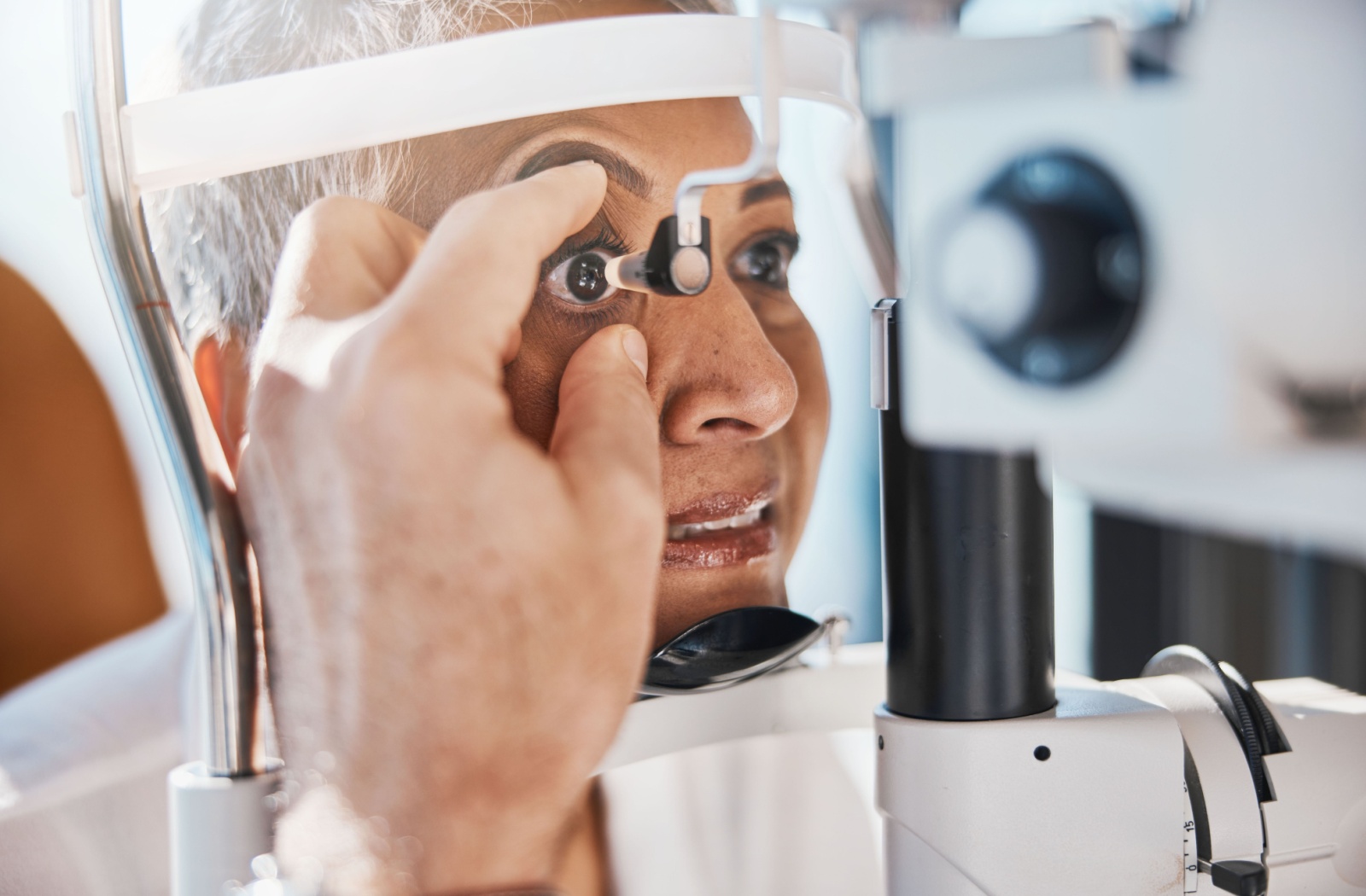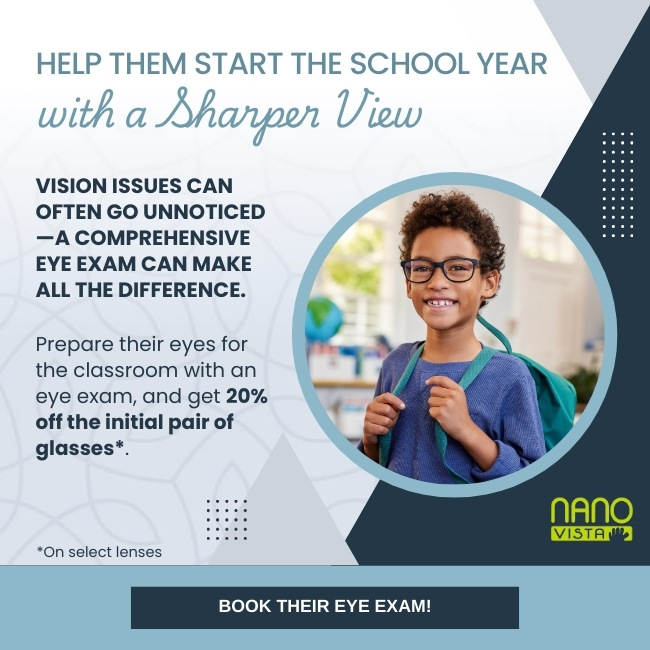Preserve Your Child’s Eyesight
Many take their eyesight for granted, but it plays a vital role in our ability to understand the world around us. Children’s eyesight is even more important, as 80% of learning is visual-based.
Strong vision is critical for a child’s development, and they should receive annual examinations between the ages of 6 and 19 to ensure healthy eyes and vision.
Dr. Finlay has a special fondness for children and offers comprehensive children’s eye exams specially tailored to your little one. Please call us today to book them an appointment.


The Importance of Eye Exams for Children
Until adulthood, your child is in a constant state of growth, and their eyes grow alongside them. Issues related to vision can develop as they age and affect your child’s ability to learn.
Approximately 25% of Canadian children have an undiagnosed vision problem, and without treatment, it can affect their ability to:
- Read
- Focus on a whiteboard
- Participate in classroom activities
- Maintain concentration
- Interact during activities
- Play sports
Many children don’t know they have a vision problem because they think everyone sees the same way they do. But an eye exam can catch any issues you likely wouldn’t notice.
When Should My Child Receive an Exam?
Your child does not even need to know how to read before their first eye exam. The Canadian Association of Optometrists recommends your child has their first examination between 6 to 9 months old. They should then have at least one exam between the ages of 2 and 5. After your little one has started school, they should receive an annual exam until they turn 19.
What Happens in an Eye Exam?
Eye exams are not only to see if your child needs glasses; they also assess and determine your child’s visual health. We run several tests to determine this during your child’s exam, such as:
These tests can determine if your child is seeing correctly and provide an early diagnosis of any potential eye conditions. The earlier an ocular issue is found, the earlier treatment can begin and potentially save them from further complications.
Signs Your Child May Have a Vision Problem
If your child is suffering from a vision problem, they may not be able to articulate the issue. Keeping an eye on their interactions and understanding potential signs of vision problems can help you identify if your child is struggling. Some common symptoms include:
- Squinting or holding objects close to the face
- Headaches and eye strain
- Head-turning or tilting
- Excessive blinking
- Tearing, itching, or burning eyes
There are plenty of other less common signs your child may have a vision problem. Pay attention if your child is struggling in school, dislikes near work, or has trouble reading.
If your child is having difficulty seeing distant objects, squinting, or complaining of headaches or eye strain, they may be dealing with myopia.
Myopia (nearsightedness) is a common eye condition that can affect both children and adults. Myopia control methods, such as glasses, multifocal contact lenses, ortho-k, and atropine drops, can help correct myopia and potentially slow its progression.
With proper treatment and regular eye check-ups with our team, you can help your child take control of their eye health and potentially reduce the risks associated with untreated myopia.
Our Location

Our Address
- 11709 102 Street, Unit 107
- Grande Prairie, AB T8V 7S6
Contact Us
- Phone: (780) 830-5330
- Email: [email protected]
Clinic Hours
- Monday (Alternating): 9:00 AM – 3:00 PM
- Tuesday: 11:00 AM – 7:30 PM
- Wednesday: 10:00 AM – 5:00 PM
- Thursday: 9:00 AM – 5:00 PM
- Friday: 9:00 AM – 5:00 PM
- Saturday: Closed
- Sunday: Closed

Our Brands
Most of the frames we offer are European-made, giving you a unique and stylish alternative to typical U.S.-based options.









Our Google Reviews


Our Blog
Are Glasses and Contact Prescriptions the Same?
Contact LensesGlassesThe reason is simple: glasses sit a small distance away from your eyes, while contacts rest directly on them. This difference in distance requires two distinct prescriptions in order to give you clear and comfortable vision. […]
Why Do My Eyes Burn When I Wake Up?
UncategorizedThe most common causes for burning eyes in the morning are nighttime dry eye, environmental irritants, and a condition called blepharitis. […]
Is Glaucoma Hereditary?
Eye ConditionsGlaucoma often has a strong hereditary link, meaning it can run in families. […]
Are Glasses and Contact Prescriptions the Same?

The reason is simple: glasses sit a small distance away from your eyes, while contacts rest directly on them. This difference in distance requires two distinct prescriptions in order to give you clear and comfortable vision. […]
Why Do My Eyes Burn When I Wake Up?

The most common causes for burning eyes in the morning are nighttime dry eye, environmental irritants, and a condition called blepharitis. […]










